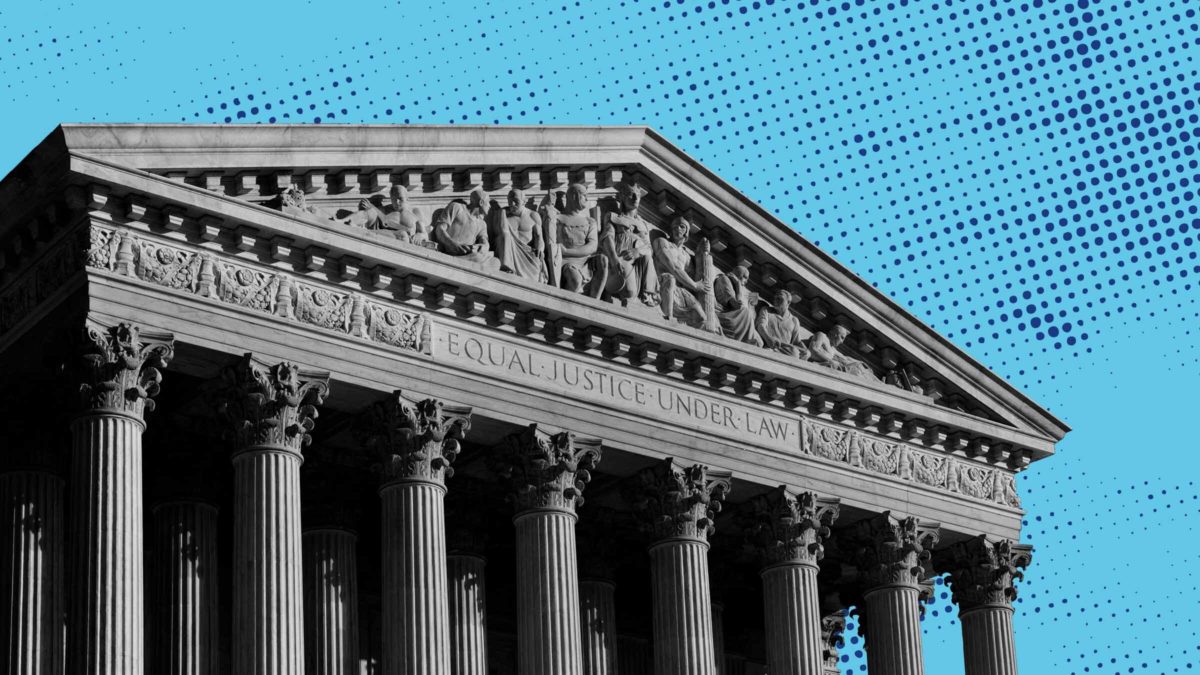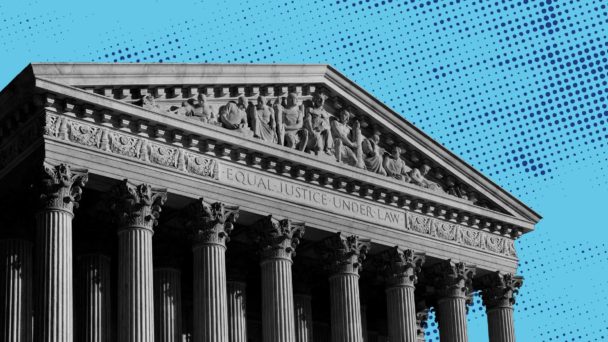One of the more perplexing constitutional cases the Supreme Court will be deciding this term is United States v. Rahimi, which boldly asks whether apathy towards violence against women in the 1800s makes it unconstitutional for the government to disarm some domestic violence offenders in 2024.
The sole reason this question exists is the rapid rise of a legal ideology called originalism. Originalism is the idea that the Constitution has a single discoverable original meaning, and whatever its meaning was when the Constitution was ratified must remain the meaning today. Over the past few decades, originalism has become the dominant mode of constitutional interpretation. And the result is a broad legal commitment to turning back time—which, as it turns out, makes for a great Cher song, but a terrible method of constitutional interpretation.
Nine lawyers playing a game of telephone with long-dead slaveholders is no basis for a system of government. The conservative legal movement nevertheless insists that this is the only legitimate way to interpret the Constitution because they deduced that freezing constitutional interpretation in time would allow them to freeze the country in time, too. Originalism exists in order to lock in the hierarchies of power that existed in the 18th century. But the Constitution itself rejects this kind of oppressive stagnation.
The Constitution was amended after the Civil War in order to address the status of formerly enslaved Black people, extending political and civic membership to the new class of freemen. The Thirteenth Amendment formally abolished slavery, except as punishment for a crime. The Fourteenth Amendment banned states from infringing on residents’ liberty without due process of law, prohibited states from denying people equal protection of the laws, and empowered the federal government to enforce these guarantees. The Fifteenth Amendment banned racial discrimination in voting, and again authorized the federal government to do something about it.
These amendments are not simply an addendum to the “real” Constitution. They cast everything that came before them in a new light. The radical aim of the Constitution as amended is to create an inclusive and egalitarian democracy. The whole Constitution must be viewed through the lens of the Reconstruction Amendments and their liberatory goals.
This idea is central to my new book, The Originalism Trap: How Extremists Stole the Constitution and How We the People Can Take it Back, which is available now. In the book, I reject the idea that the Constitution’s meaning is tied to a point in time. And I introduce an alternative legal interpretive method that I call inclusive constitutionalism, which ties the Constitution’s meaning to the principles of the Reconstruction Amendments.
The Constitution must be interpreted to establish an actual inclusive democracy. And the public has the power to make it so.



